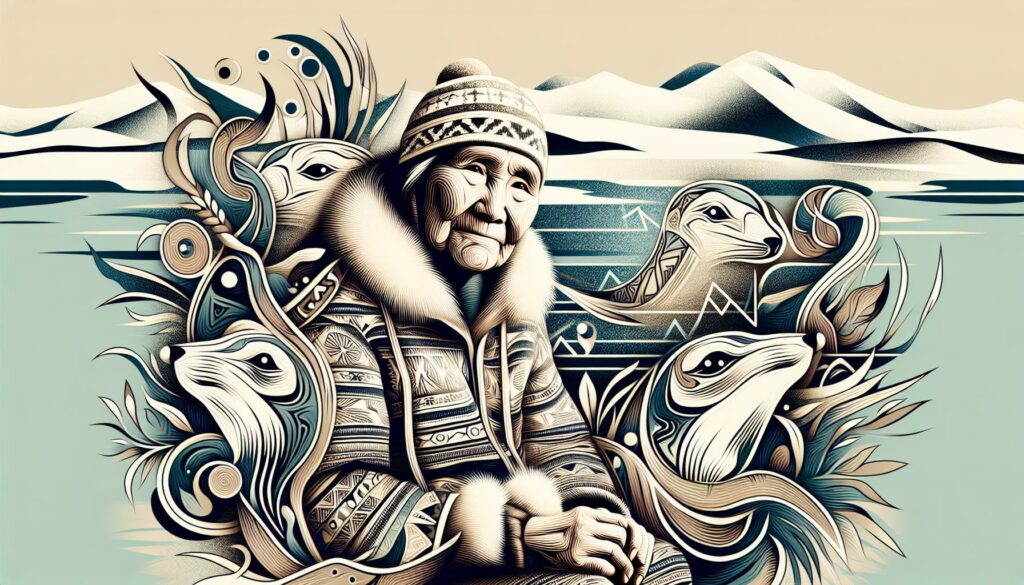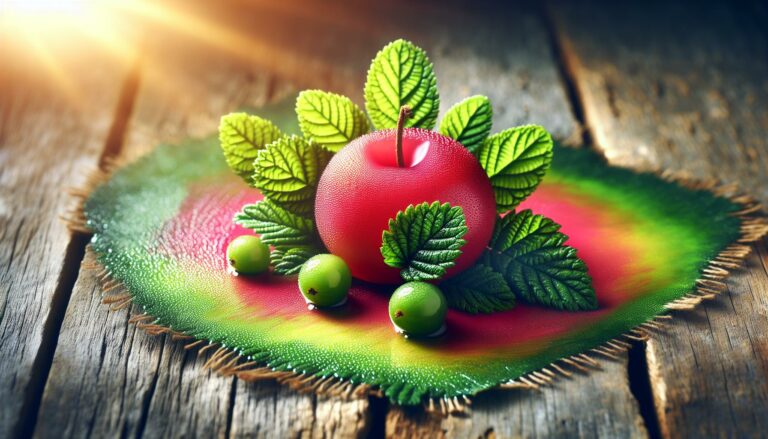Understanding Tuurngait, or Spirit Companions, has always intrigued me. These spiritual beings hold a vital place in Aboriginal culture, offering guidance and protection throughout one’s life journey. Delving into their significance reveals the profound connection between the spiritual and physical worlds.
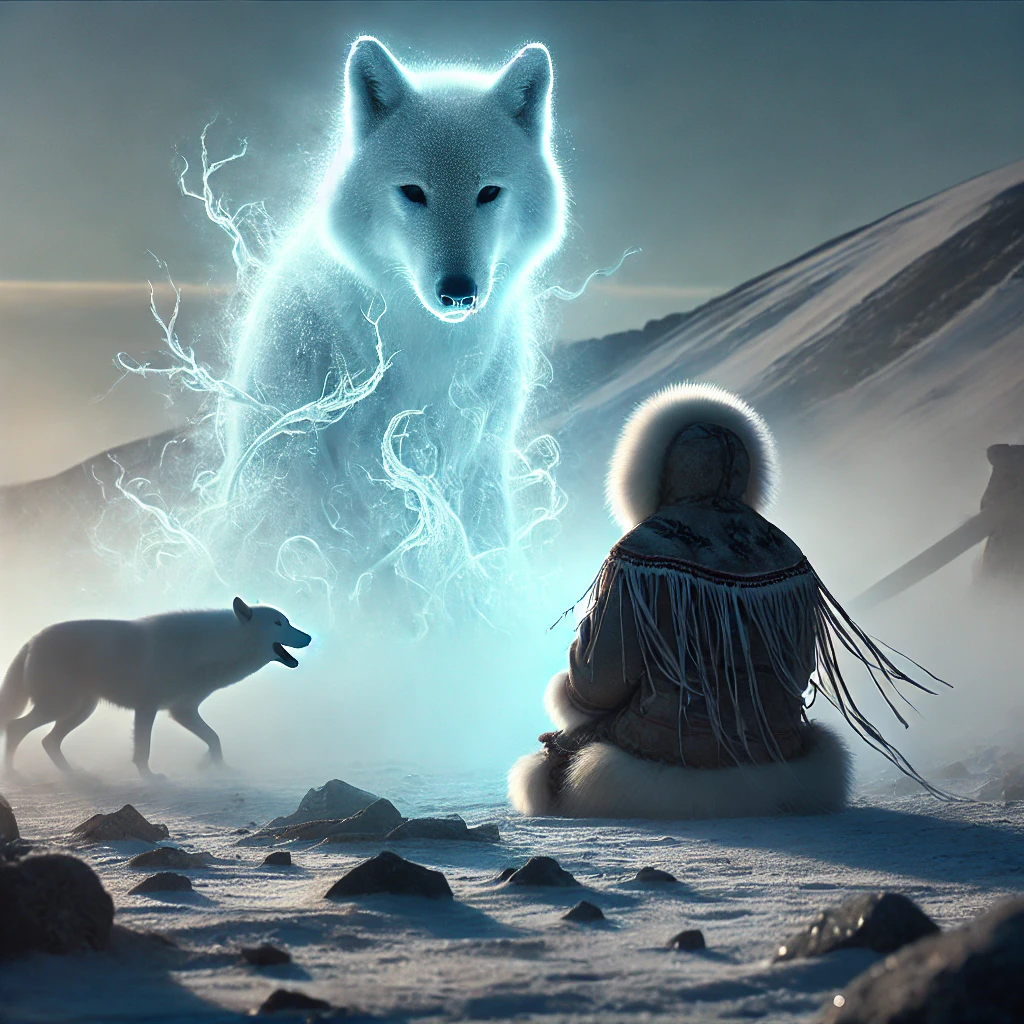
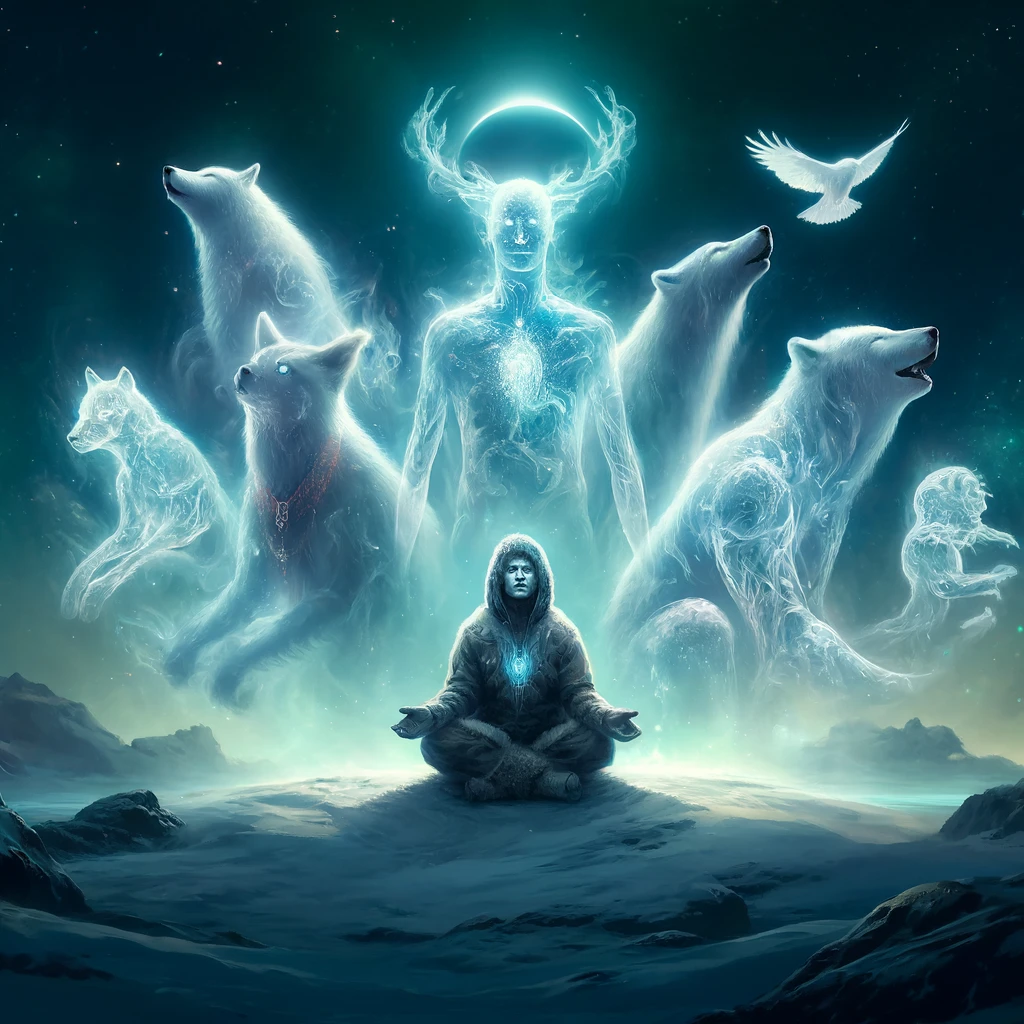
As I explore the role of Tuurngait, I uncover the rich traditions and beliefs that honour these companions. They not only support individuals in their daily lives but also play a part in maintaining the balance of the community and the natural environment. Discovering the essence of Tuurngait deepens my appreciation for indigenous wisdom and highlights the universal need for spiritual companionship.
Cultural Significance
Tuurngait embody profound cultural values within Aboriginal communities, serving as integral elements of spiritual and social life.
Historical Origins
Originating from ancient Aboriginal traditions, Tuurngait have been revered for thousands of years. These spirit companions link the present to ancestral wisdom, ensuring the transmission of cultural practices across generations. Their presence maintains continuity between the spiritual and physical worlds, reinforcing community identity and heritage.
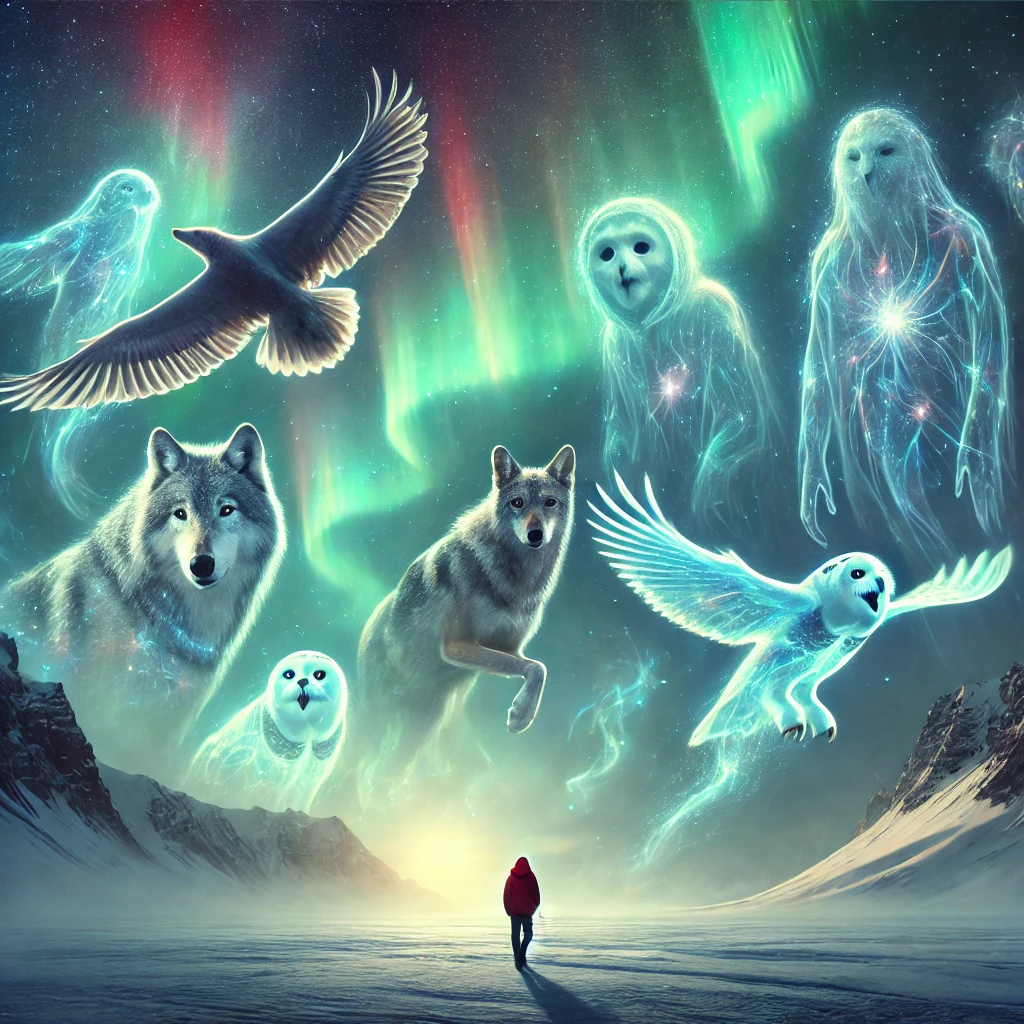
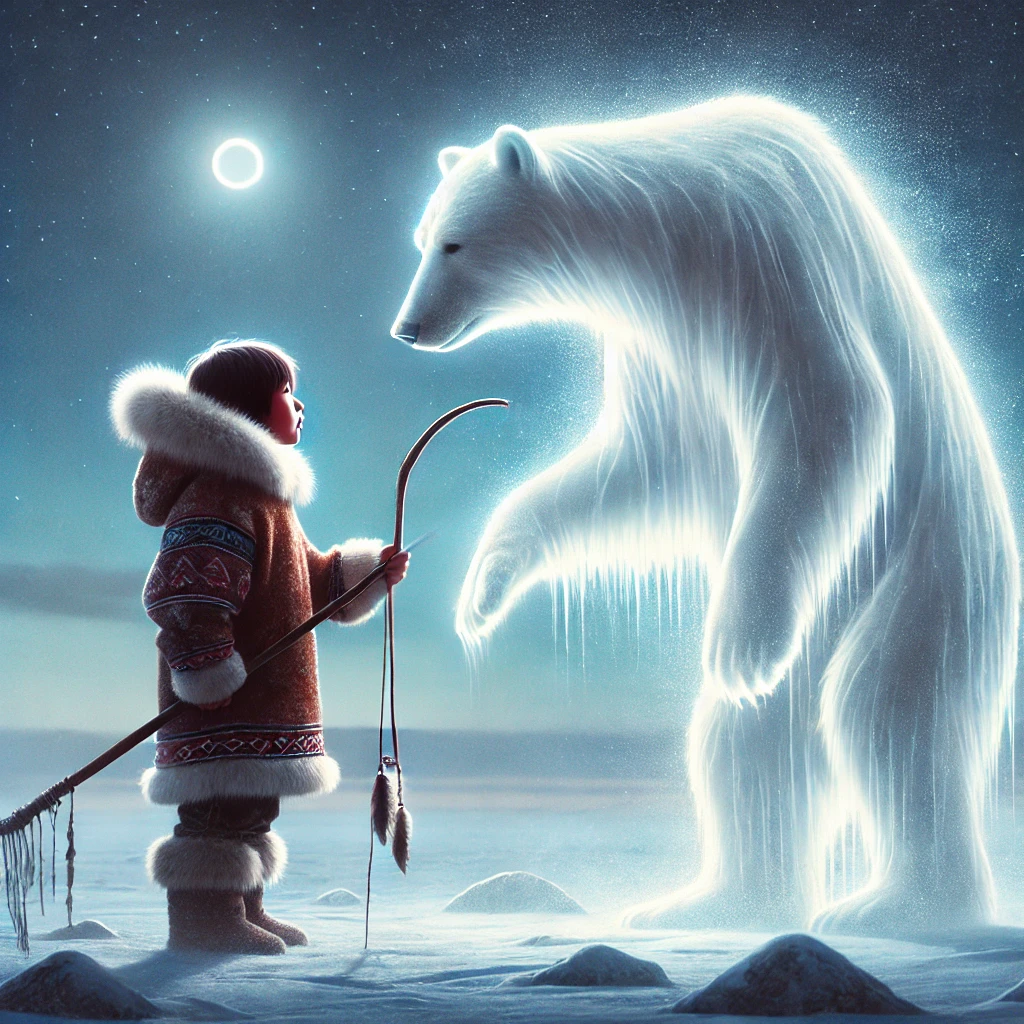
Indigenous Beliefs
Indigenous beliefs uphold Tuurngait as guardians and guides in daily life. They influence decision-making, promote harmony with nature, and safeguard community well-being. Rituals and ceremonies honour Tuurngait, reflecting their essential role in maintaining balance and fostering resilience within Aboriginal societies.
Characteristics and Appearance
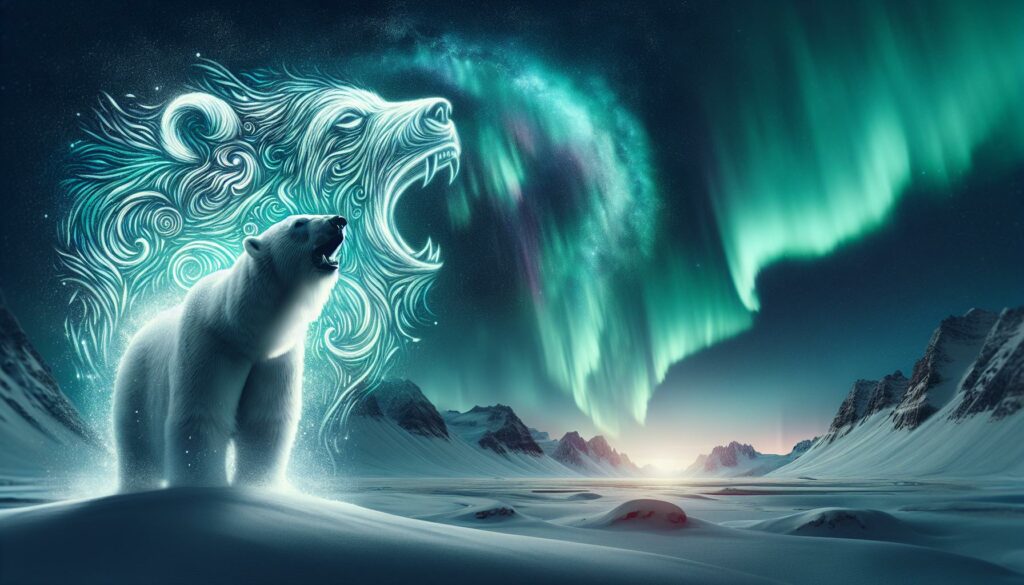
Tuurngait exhibit diverse characteristics and appearances, reflecting their integral roles in Inuit spirituality.
Visual Depictions
I observe that Tuurngait manifest in various forms:
- Animal Forms: Seals, walruses, polar bears, and other Arctic creatures. For example, a Tuurngait might appear as a polar bear during hunting.
- Human Forms: Some Tuurngait take on human shapes to engage directly with individuals.
- Shapeshifters: They alter their appearance to suit different situations, demonstrating their versatility.
Symbolic Meanings
- Guidance and Protection: Benevolent Tuurngait aid individuals in times of need, ensuring successful hunts and daily activities.
- Balance of Nature: They maintain harmony between the spiritual and physical realms, influencing environmental conditions.
- Moral Lessons: Malevolent Tuurngait, responsible for bad hunts or broken tools, teach resilience and respect for nature.
- Possession and Influence: Some Tuurngait possess humans, reflecting the interconnectedness of humans and spirits.
Role in Society
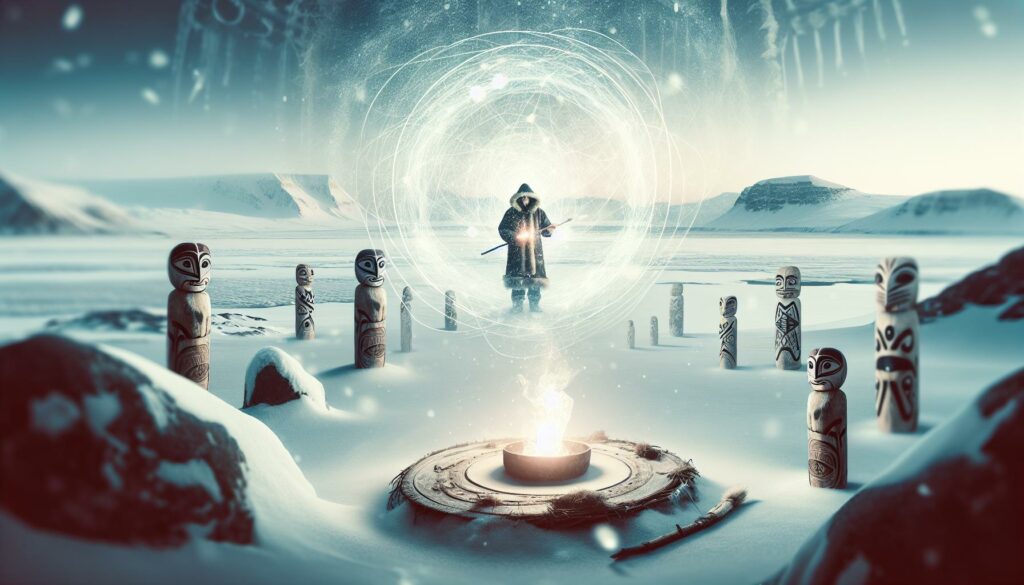
Tuurngait hold a pivotal role in Inuit society, intertwining spiritual beliefs with everyday life. Their influence extends through various practices and impacts the community’s cohesion and well-being.
Spiritual Practices
Tuurngait are integral to shamanic rituals performed by angakkuq. These spirits assist in healing ceremonies, where shamans invoke tuurngait to cleanse ailments and restore balance. During these practices, tuurngait guide shamans to locate lost souls, ensuring the spiritual harmony of individuals and the community. Additionally, tuurngait aid in forecasting weather patterns and tracking game movements, which are crucial for survival in harsh Arctic environments.
- Healing Rituals: Shamans call upon tuurngait to perform healing and purification.
- Soul Retrieval: Tuurngait help retrieve lost or stolen souls, maintaining personal and communal harmony.
- Weather Forecasting: Spirits assist in predicting weather changes, aiding in planning and safety.
- Game Tracking: Tuurngait guide shamans in locating and understanding the movements of game animals.
These practices reinforce the spiritual connection between the Inuit people and their environment, ensuring that traditional knowledge is preserved and respected.
Community Impact
The presence of tuurngait fosters a sense of unity and resilience within Inuit communities. By mediating between the human and spiritual realms, tuurngait contribute to the community’s overall health and prosperity. Their protective nature safeguards the welfare of individuals, while their guidance ensures sustainable interactions with the natural world.
- Community Health: Tuurngait-assisted healing practices enhance the physical and mental well-being of community members.
- Social Cohesion: Shared spiritual beliefs and rituals strengthen communal bonds and cultural identity.
- Environmental Stewardship: Guidance from tuurngait promotes respectful and sustainable use of natural resources.
- Cultural Preservation: The reverence for tuurngait ensures the transmission of traditional knowledge and customs across generations.
Through these impacts, tuurngait play a vital role in maintaining the balance and harmony essential for the survival and continuity of Inuit society.
Modern Perspectives
Modern perspectives on Tuurngait integrate traditional Inuit beliefs with contemporary influences. These viewpoints explore changes in interpretation and ongoing preservation efforts.
Contemporary Interpretations
Christianity has reshaped the understanding of Tuurngait, redefining them from “killing spirits” to demons. This shift has influenced how Tuurngait are perceived within Inuit communities. Despite these changes, many still honour Tuurngait as essential spirit companions. Scholars recognize that Tuurngait maintain their significance by adapting to modern spiritual practices, blending ancient traditions with present-day beliefs.
Preservation Efforts
Efforts to preserve the knowledge of Tuurngait include documenting oral histories and supporting cultural education programs. Indigenous organizations collaborate to record stories, ensuring that the teachings about Tuurngait endure. Additionally, educational initiatives incorporate Tuurngait into school curricula, fostering awareness among younger generations. Cultural festivals and media representations also play a role in keeping the legacy of Tuurngait alive, promoting their relevance in today’s society.
Key Takeaways
- Tuurngait are essential spirit companions in Aboriginal culture, providing guidance and protection throughout life.
- They embody profound cultural values, linking the spiritual and physical worlds and ensuring the transmission of ancestral wisdom.
- Tuurngait manifest in diverse forms, including animals and humans, serving as guardians that influence daily life and promote harmony with nature.
- They play a crucial role in Inuit society through spiritual practices and rituals, enhancing community health, social cohesion, and environmental stewardship.
- Modern perspectives integrate traditional beliefs with contemporary influences, with ongoing efforts to preserve the cultural significance of Tuurngait.
Conclusion
Exploring Tuurngait has truly enriched my understanding of Aboriginal spirituality. These spirit companions embody the deep bond between people and nature, guiding and protecting communities through life’s journey. Witnessing their enduring presence in both traditional and modern practices highlights the resilience of indigenous cultures. It’s inspiring to see how Tuurngait continue to foster community unity and environmental harmony today. Embracing their legacy encourages a greater respect for cultural traditions and the wisdom they carry. Moving forward, honoring Tuurngait ensures that these spiritual connections remain vibrant and influential, safeguarding the rich heritage for future generations.
Frequently Asked Questions
What are Tuurngait in Aboriginal culture?
Tuurngait, or Spirit Companions, are revered beings within Aboriginal culture that provide guidance and protection throughout an individual’s life. They embody the deep connection between the spiritual and physical realms, playing a crucial role in maintaining community balance and environmental harmony. Tuurngait are integral to spiritual and social life, linking present generations to ancestral wisdom and cultural traditions. They serve as guardians and guides, influencing decision-making and promoting harmony with nature through rituals and ceremonies.
How do Tuurngait provide guidance and protection?
Tuurngait offer guidance and protection by acting as spiritual companions that assist individuals in their daily lives. They help navigate challenges, make important decisions, and safeguard against harm. By maintaining a connection between humans and the spiritual realm, Tuurngait ensure individuals stay aligned with cultural values and environmental stewardship. Their presence fosters resilience and promotes a balanced life, contributing to both personal well-being and the overall health of the community.
What forms can Tuurngait take in Inuit spirituality?
In Inuit spirituality, Tuurngait can manifest in various forms, including animals like seals and polar bears, human shapes for direct interaction, and even shapeshifting forms to adapt to different situations. These diverse manifestations allow Tuurngait to guide and protect in multiple contexts, symbolising their versatility and deep connection to both the natural and spiritual worlds. Their ability to change forms underscores the interconnectedness between humans and spirits, enhancing their role as adaptable guardians.
What role do Tuurngait play in shamanic rituals?
Tuurngait are central to shamanic rituals performed by angakkuq (shamans) in Inuit society. They assist in healing ceremonies, soul retrieval, weather forecasting, and game tracking, which are essential for survival in Arctic environments. By facilitating communication between the human and spiritual realms, Tuurngait help maintain health, community cohesion, and environmental balance. Their involvement in these rituals reinforces traditional knowledge and ensures that spiritual practices are preserved and respected within the community.
How have modern influences like Christianity affected the perception of Tuurngait?
The introduction of Christianity has reshaped the understanding of Tuurngait, often reinterpreting them from benevolent spirit companions to malevolent demons. This shift has altered their perception within Inuit communities, sometimes diminishing their traditional significance. Despite these changes, many Inuit still honour Tuurngait as essential spiritual guides. Scholars note that Tuurngait maintain their cultural importance by adapting to contemporary spiritual practices, blending ancient traditions with modern beliefs to preserve their relevance.
What efforts are being made to preserve the knowledge of Tuurngait?
Preserving the knowledge of Tuurngait involves documenting oral histories and supporting cultural education programmes. Indigenous organisations collaborate to record stories, ensuring that teachings about Tuurngait are passed down through generations. Educational initiatives incorporate Tuurngait into school curricula, fostering awareness among young people. Additionally, cultural festivals and media representations help keep the legacy of Tuurngait alive, promoting their significance in today’s society and ensuring that indigenous wisdom endures.
How do Tuurngait contribute to community balance and environmental harmony?
Tuurngait contribute to community balance by mediating between the human and spiritual realms, fostering unity and resilience within Inuit societies. They promote sustainable interactions with the natural world, ensuring environmental stewardship and harmony. By guiding moral decisions and maintaining the balance of nature, Tuurngait help sustain the health and prosperity of the community. Their protective and guiding roles are essential in preserving cultural heritage and promoting a cohesive, balanced society.
Why are Tuurngait important for cultural preservation in Inuit societies?
Tuurngait play a vital role in cultural preservation by embodying ancestral wisdom and traditional practices. They link present generations to their heritage, ensuring that cultural values and spiritual beliefs are transmitted across time. Through rituals, ceremonies, and educational initiatives, Tuurngait reinforce community identity and heritage. Their significance in daily life and spiritual practices helps maintain the continuity of Inuit culture, fostering a strong sense of identity and resilience within the community.
Author

Josh Morley holds a Bachelor’s degree in Theology from the Trinity School of Theology and a Diploma in Theology from the Bible College of Wales. His academic journey involved interfaith community projects and supporting international students, experiences that shaped his leadership and reflective skills. Now based in Liverpool, Josh is also the founder of Marketing the Change, a digital agency specializing in web design and marketing.
View all posts

